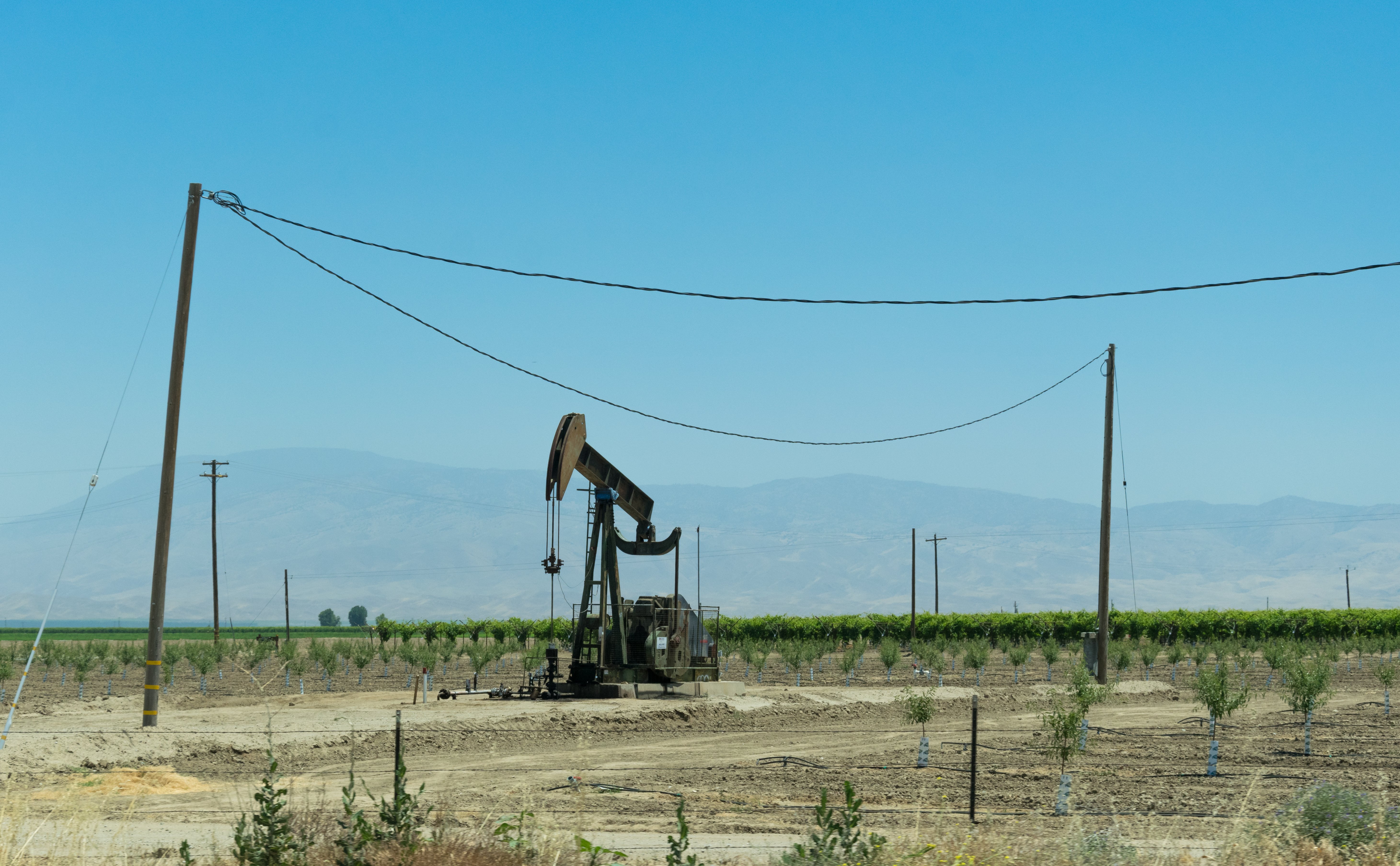Enhanced Oil Recovery Techniques are Driving the Industry
By Shawn Terrel, Director of Oil, Gas and MiningJune 02, 2021

Enhanced Oil Recovery can be one of the most profitable operational strategies in the oil and gas industry.
Did you know that when an oil well is drilled and both the “primary” and “secondary” extraction processes are completed, there may still be as much as 30 to 60 percent of the reservoir’s oil left in the ground? That is where Enhanced Oil Recovery (EOR) techniques come into play.
EOR can be one of the most profitable operational strategies in the oil and gas industry, and it comes at far less risk than the initial leasing, exploration, drilling and production operations. Once a well has been drilled and produced, the operator has a lot of valuable exploration and production information that can be used to analyze and study the production zones and field. This information allows the next companies operators who plan to use Enhanced Oil Recovery techniques, also referred to in the industry as “Tertiary Recovery,” to first determine if there was sufficient initial production to make the venture worth their while.
There are three primary EOR techniques used to extract the remaining oil in a produced reservoir: gas injection, thermal injection and chemical injection. Gas injection typically uses gases like natural gas, nitrogen or carbon dioxide. This accounts for around 60 percent of EOR production. Thermal injection involves the introduction of “super heating” into the process and accounts for approximately 40 percent of EOR production. Last is chemical injection, which involves the use of long-chained molecules called “polymers” that attract and bond with oil and gas in the ground. These only account for about one percent of EOR according to the Department of Energy.
Forcing water into oil zones and forcing oil to the extraction point is commonly called “water flooding.” Introducing heat or thermal injection into equation is a process called “steam flooding” and it involves pumping steam into the well with a pattern similar to that of water injection or water flood. Eventually, the steam condenses to hot water, and when mixed with the oil deposits, the oil expands and the viscosity drops, which increases the permeability. This dilutes the oil and makes it easier for the water flood to carry the oil deposits to the extraction point. This process is the principal EOR program used in today’s recovery programs.
The next time you see a new oil well going up and oil and gas being extracted, just remember once they are completed and the field has been shut-in or abandoned, there may still be 30 to 60 percent of the oil reserves left in the ground for a company that employs EOR systems to profit from.
For more information like
this or to talk to a professional oil and gas mineral rights expert, contact
your Mineral Marketing LLC representative today, or go to www.MineralMarketing.com.
Find oil, gas and mining properties for sale, as well as all property types nationwide, by visiting the United Country Real Estate website.
About the author:
Shawn Terrel is the International Director of Oil, Gas and Mining for
United Country Real Estate. He is the co-owner and Chief Operating Officer of
Mineral Marketing, which specializes in oil and gas consulting, marketing and
mineral rights sales. In addition to his roles in the oil and gas industry,
Shawn is the president of United Country Auction Services and is a champion
auctioneer.
